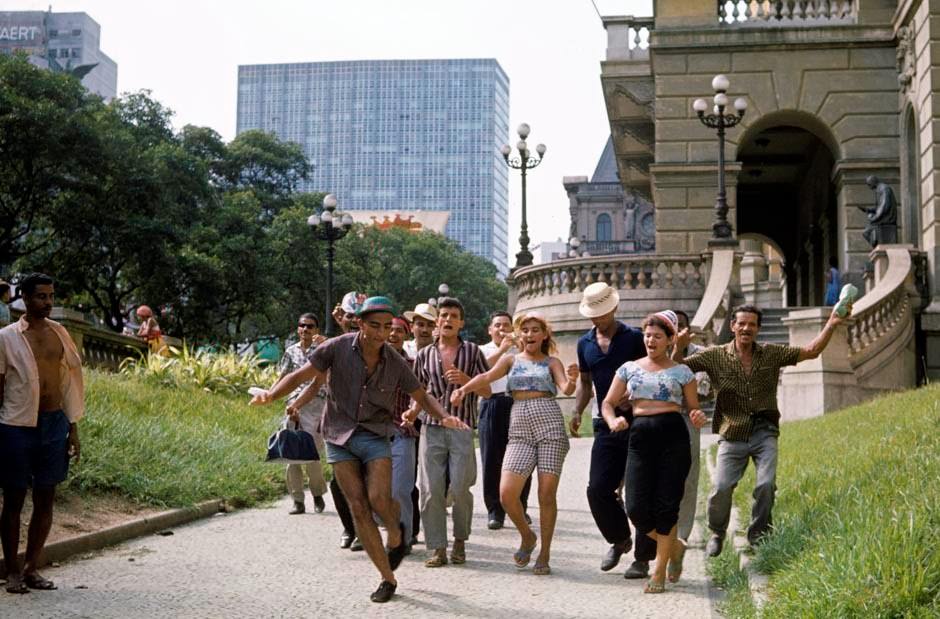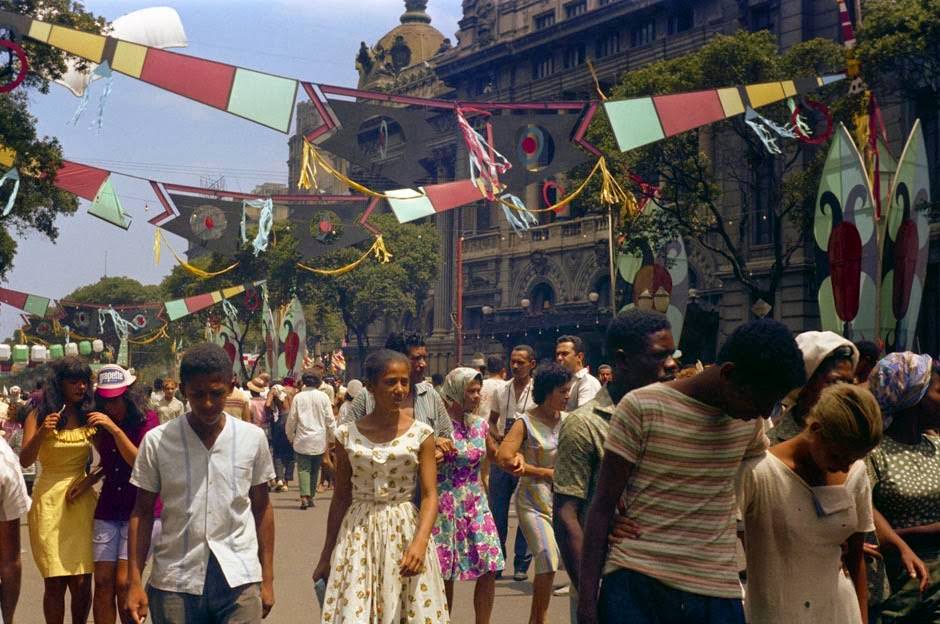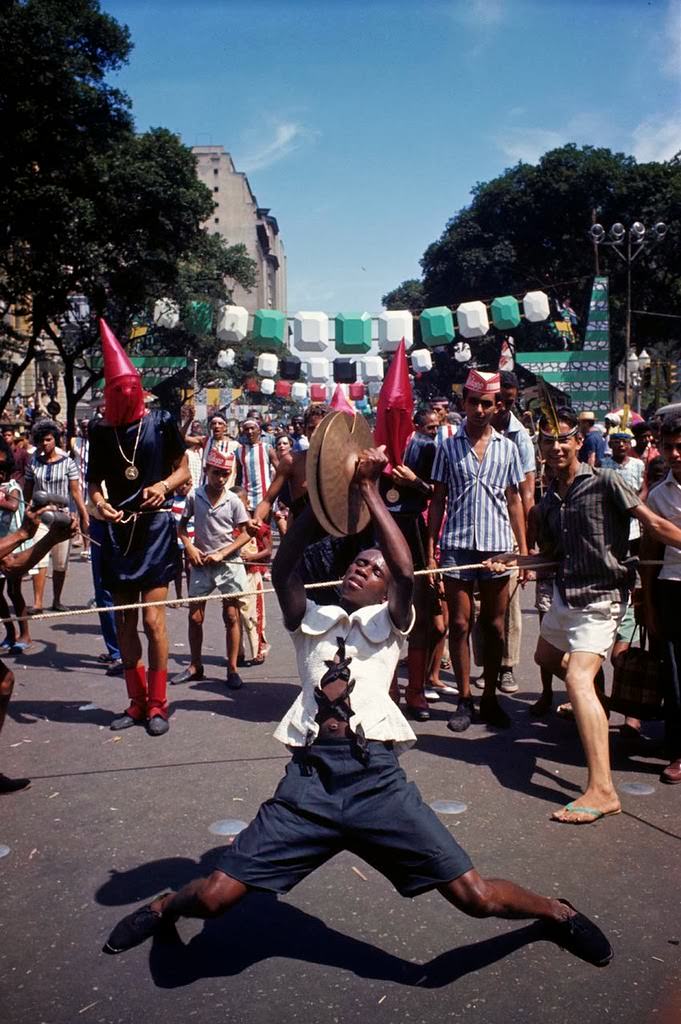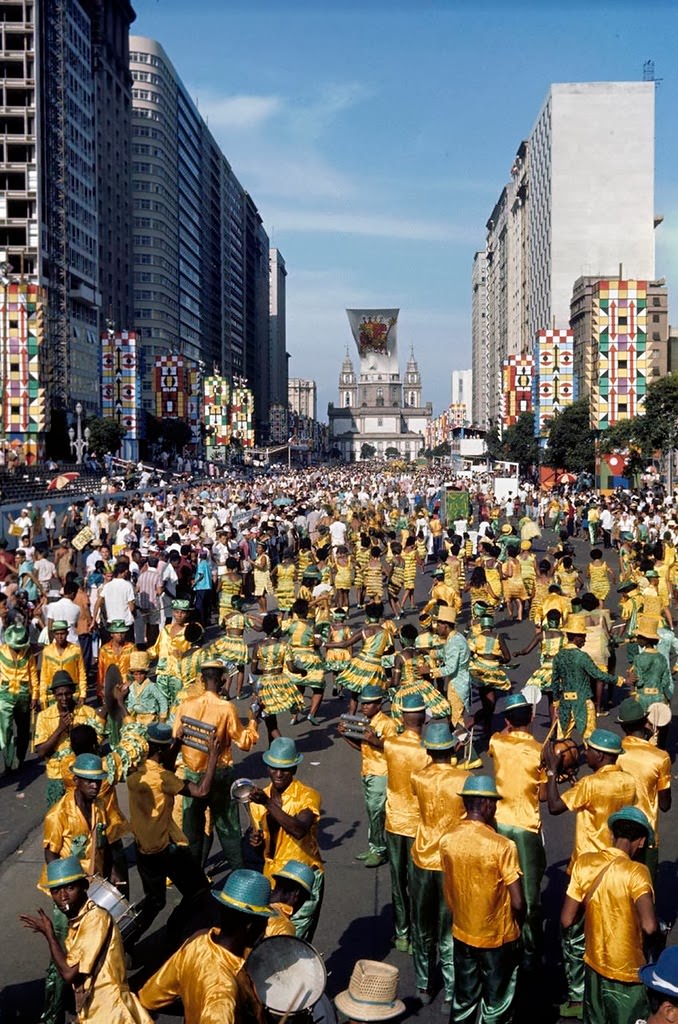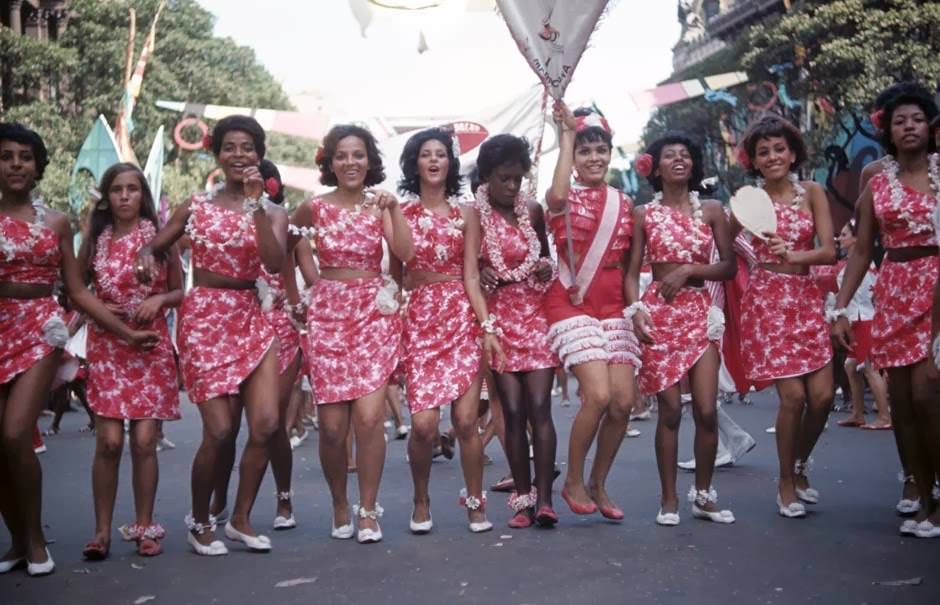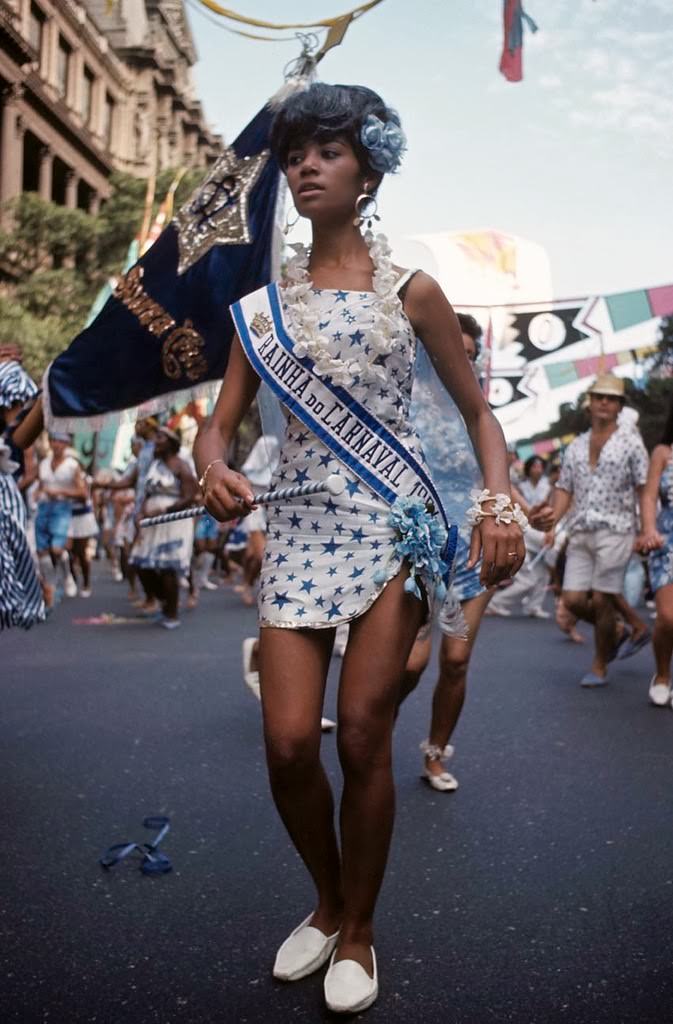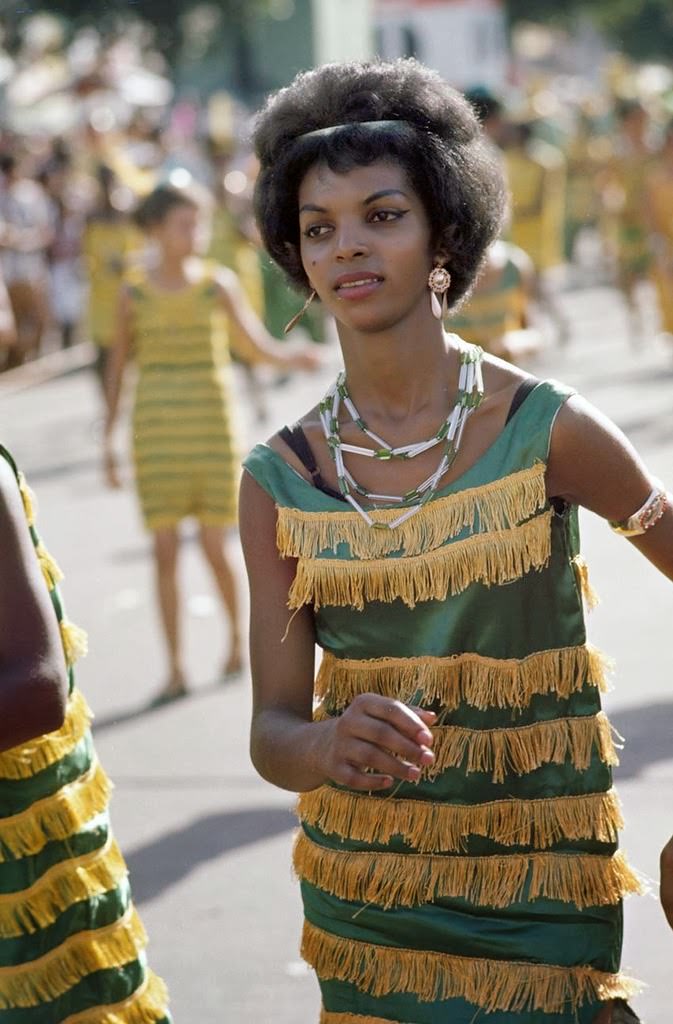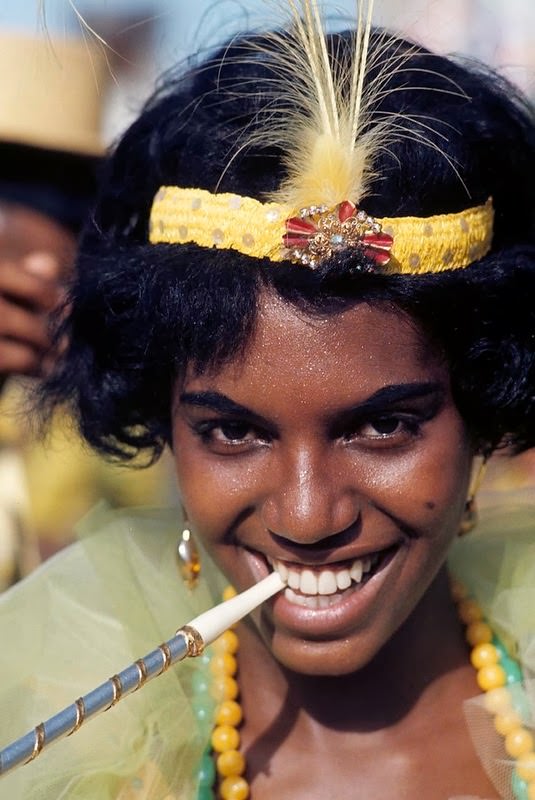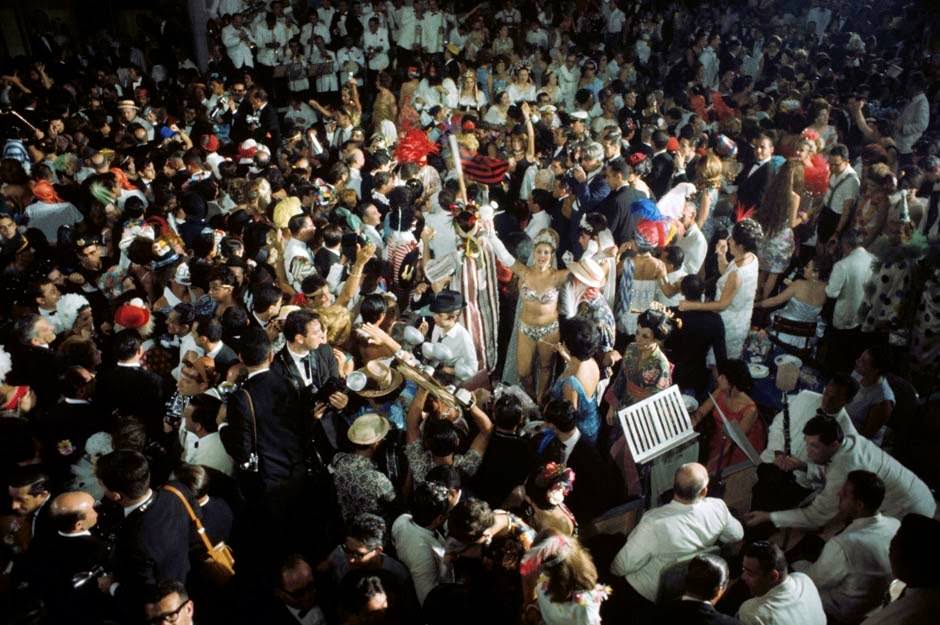In February 1964, the city of Rio de Janeiro, Brazil, prepared for its world-famous annual Carnival. This celebration took place just weeks before a major political shift in the country, which would see a military coup d’état in late March.
The heart of the 1964 Carnival was the official parade of the samba schools, known as “escolas de samba.” These were large, community-based organizations that spent the entire year preparing for the competition. The main parades took place on a Sunday and Monday along Avenida Presidente Vargas in downtown Rio. Thousands of performers from different schools competed for the championship title.
Each samba school presented a unique theme, or “enredo,” which was told through their song, costumes, and elaborate floats. The school of Salgueiro, which had won the previous year, entered the 1964 competition with the theme “Chico Rei,” telling the story of an enslaved African king who bought his own freedom and that of his people in colonial Brazil.
Another top contender, Império Serrano, based its parade on a classic work of Brazilian literature, “Aquarela do Brasil” (Watercolor of Brazil). Their performance celebrated the beauty and culture of the nation. The competition was fierce, and ultimately, the 1964 championship was awarded to the Império Serrano samba school.
Beyond the official parade, the city was alive with other festivities. “Blocos,” or street bands, held parties throughout Rio’s neighborhoods. These groups were less formal than the samba schools and encouraged crowd participation. Anyone could join in as the blocos snaked through the streets, playing music and singing.
For Rio’s wealthier residents and tourists, the Carnival balls, or “bailes,” were a central part of the celebration. These glamorous, ticketed events were held in venues like the Copacabana Palace Hotel and the Municipal Theatre. Attendees wore elaborate and often expensive costumes, competing for prizes in various categories. These balls were all-night events, known for their extravagance and high society attendance.


